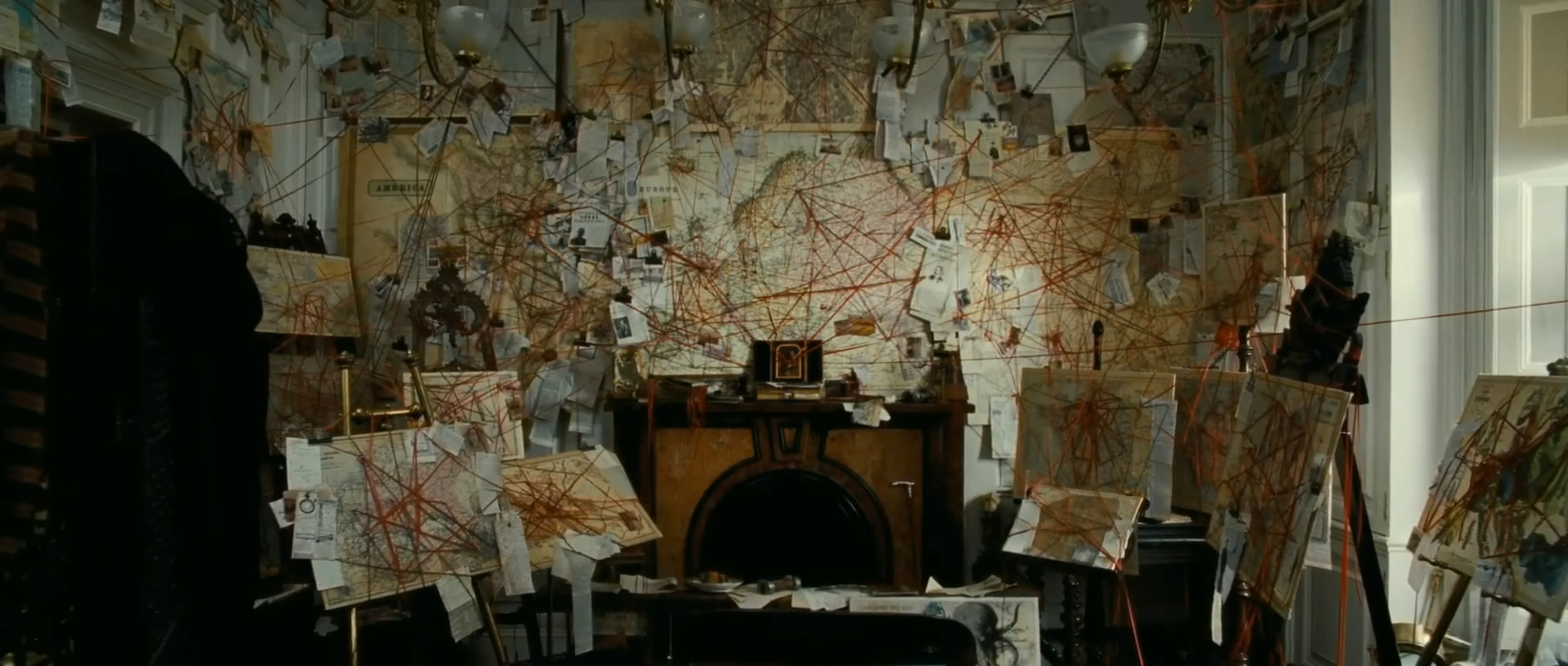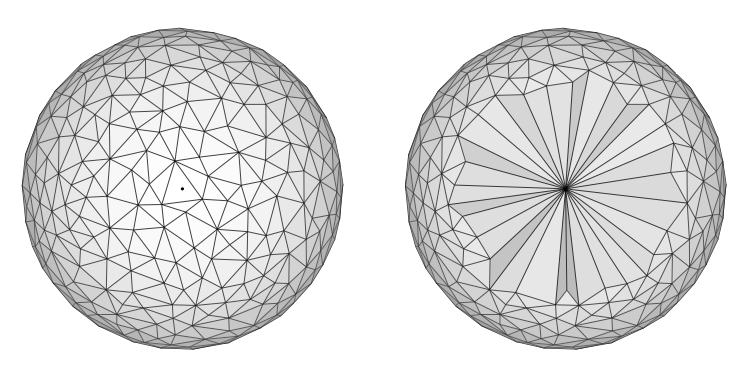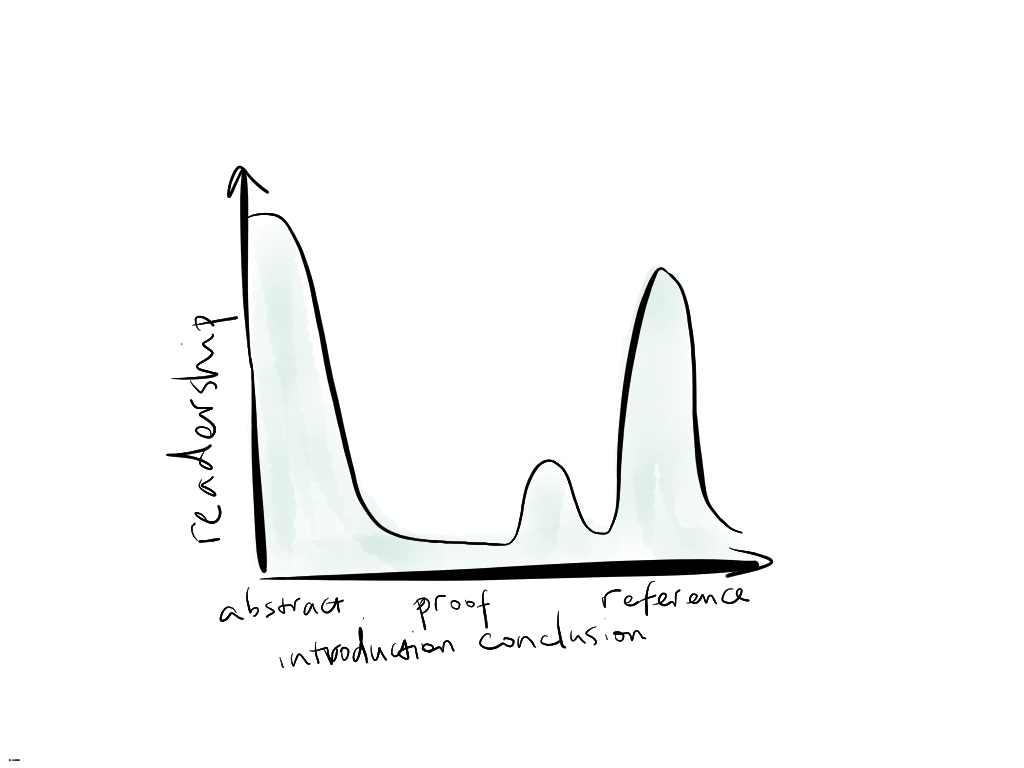How I wrote my first independent paper
This is what happened behind the scenes.
In the first draft, I was very pedantic. The resulting draft was notation-heavy and had no introductory section. It was then totally discarded. However, the structure of the proof was reused in later drafts. My advisor suggested a useful dictionary by Trzeciak for mathematicians like me who write in English as a second language.
The second draft was finished after 3 months. This time, I started with the history of the problem. The entire process of tracking down the history went like this.

The picture is exaggerated. The reality is that for the first time, I was handling more than 10 references simultaneously and had to figure out how and in what order I should introduce them in my article. The introduction took 1/3 of the time. For another 1/3 of the time, I struggled with how I could turn the notation-heavy proof in my first draft into English words and sentences that would be more reader-friendly. The remaining 1/3 of the time, I was drawing pictures and figures. I had never used Tikz (a standard LaTeX graphics package) before. After I learned how to draw points, lines, fill shapes with color, and add labels, I started my ambitious project to draw a 3D triangulation of a sphere. The result was a super slow Ruby script that output Tikz code, which was later compiled to generate pictures.

The hope was to have top-notch graphics in my paper to compensate for the weak mathematical results I had obtained.
My advisor was pretty happy with the second draft and provided several suggestions. Takeaways:
- In LaTex,
:is a binary operator. The correct unary operator is\colon. Use\smallskip,\midskip or <code>\bigskipto manually adjust spacing. - Citation information on MathSciNet is generally more accurate than Google Scholar.
- Starting with the introduction section might be a better way to begin a paper. By looking at others’ writings, one can familiarize oneself with the language and writing style of the field.
My advisor also drew me the following picture on my second draft.

The third draft was a revision of the second draft with two new figures. One of the major pictures was enhanced by the Phong shading algorithm. A more refined fourth draft followed with more than 70 modifications.
The outcome of this creative process can be found on arXiv:1405.2503.